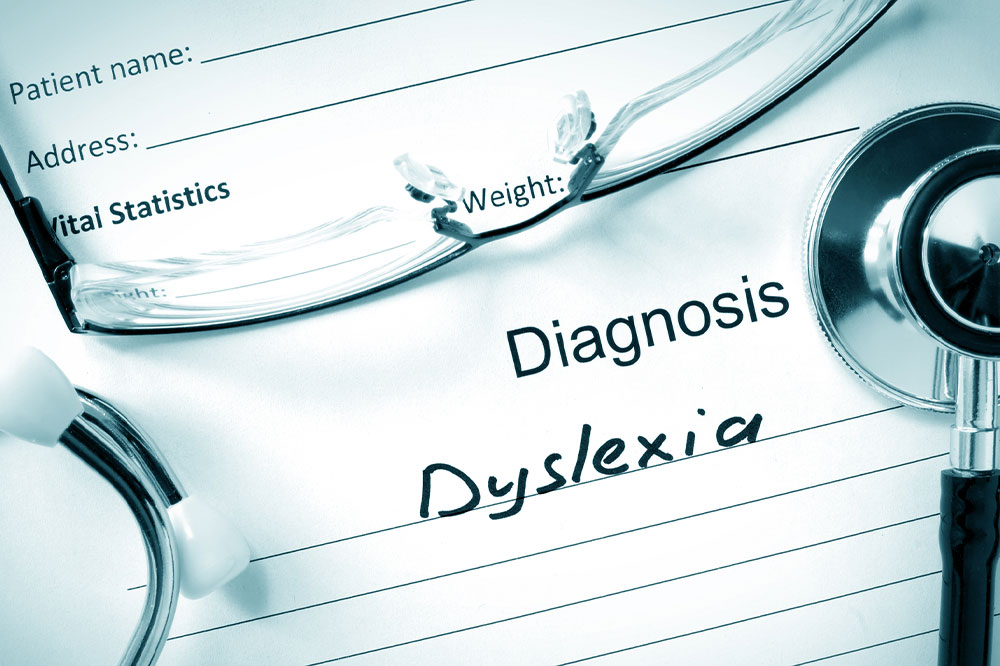Understanding Dyslexia: Causes, Symptoms, and Diagnostic Methods
This article explores the causes, symptoms, and diagnostic methods for dyslexia, a neurological reading disorder. It highlights the importance of early detection, explains the neurological basis, and discusses effective interventions. Recognizing dyslexia early can lead to tailored support and improved learning outcomes, empowering affected individuals to overcome reading challenges and succeed academically and in daily life.
Understanding Dyslexia: Causes, Symptoms, and Diagnostic Methods
Dyslexia is a neurological condition that hampers a person's ability to read accurately and fluently. It can lead to challenges with comprehension, spelling, and writing, and may also impact math skills, organization, and time management. Although typically identified during childhood, adults can experience dyslexia too. Recognizing the signs and understanding the root causes are vital for effective management and support.
Causes
The origins of dyslexia are believed to involve genetic and environmental influences. It often runs in families, indicating a genetic component. Brain processing differences, injury, neurological disorders, or emotional trauma can also contribute. Importantly, dyslexia is not linked to intelligence or motivation; many individuals with dyslexia have above-average IQs.

Research suggests that dyslexia may arise from deficits in phoneme processing or imbalances in brain neurotransmitters. These neurological factors disrupt typical reading pathways. Proper diagnosis and tailored interventions can enable individuals with dyslexia to develop strong reading and writing skills, regardless of severity.
Common symptoms include difficulty with phonemic awareness, decoding unfamiliar words, and recognizing familiar words. Reversals of letters (like 'b' and 'd') or numbers (like '6' and '9') are early signs. Challenges in spelling, slow speech development, problems rhyming, and difficulty processing multi-syllable words also indicate dyslexia. Others experience trouble organizing thoughts in writing, slow reading pace, and issues with reading aloud or comprehension. Severity varies, impacting individuals differently in academic and daily life.
Diagnosing dyslexia can be complex, as symptoms differ widely. No single test exists; instead, professionals evaluate family history, academic performance, and behavior. Early identification is crucial for effective support. A variety of interventions, such as multisensory teaching and customized tutoring, have proven beneficial. Assistive technology like reading apps further supports learning. If you suspect your child has dyslexia, consulting a healthcare professional or educator is essential for assessment and personalized planning. Many resources are available to assist affected individuals in overcoming challenges and achieving success.










